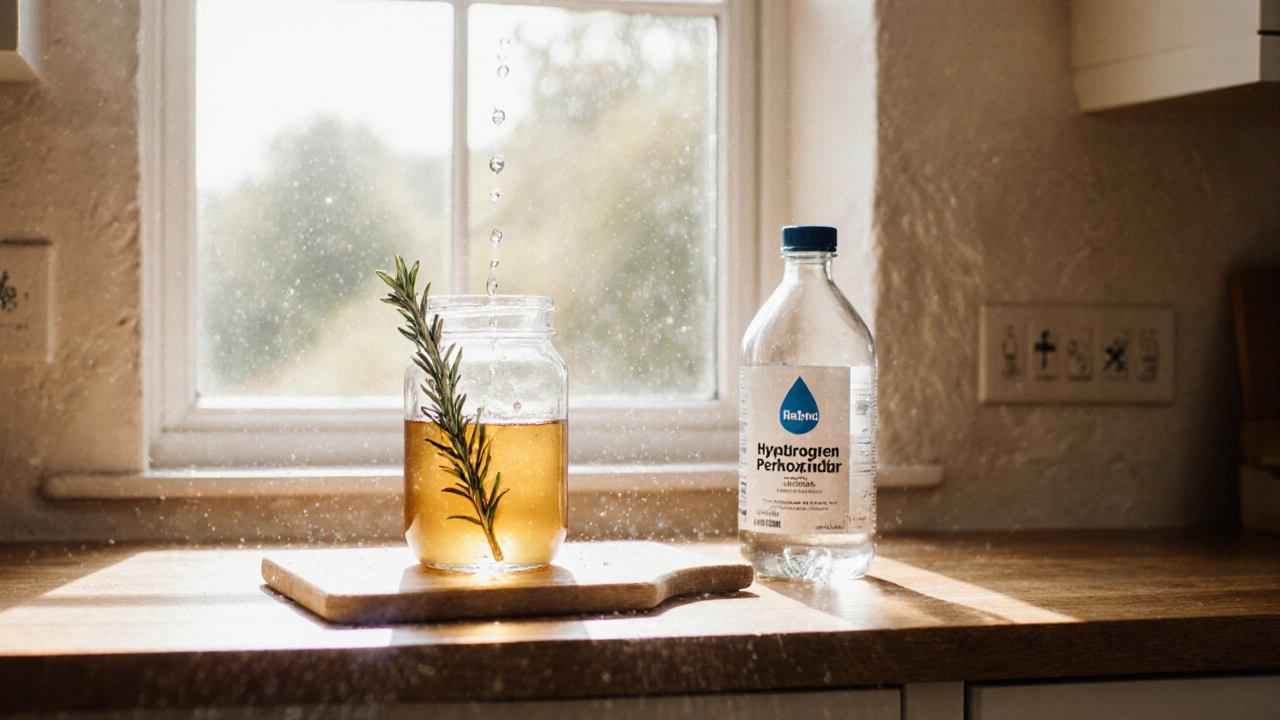Eco Friendly Disinfectant: What Works and Why It Matters
People want a clean home, but they also worry about chemicals lingering on surfaces. An eco friendly disinfectant gives you germ protection while keeping indoor air safe. Below you’ll find the most reliable natural options and how to use them correctly.
Top Natural Ingredients for Disinfecting
Hydrogen peroxide (3%) is a powerhouse. It breaks down into water and oxygen, leaving no residue. Spray it on countertops, let it sit for a minute, then wipe clean.
White vinegar kills many bacteria and molds. Mix equal parts vinegar and water for a quick spray. It won’t work on tough viruses, so pair it with another agent for high‑risk areas.
Tea tree oil has strong antimicrobial properties. Add 10‑15 drops to a cup of water and a splash of alcohol for a fragrant, fast‑acting sanitizer.
Alcohol (70% isopropyl or ethyl) is proven to deactivate most viruses. Combine it with a few drops of lemon oil for a pleasant scent and a touch of extra cleaning power.
Castile soap isn’t a disinfectant on its own, but it lifts dirt and helps other ingredients work better. Use it as a base for a multi‑step cleaning routine.
How to Use Eco Disinfectants Safely at Home
Start with a clean surface. Wipe away visible grime before applying any disinfectant – dirty spots shield germs from the solution.
Apply the spray evenly and let it sit for the recommended contact time (usually 30‑60 seconds). This pause is when the active ingredient does its job.
Wipe with a clean, lint‑free cloth. Microfiber works best because it traps particles instead of spreading them around.
Label your homemade bottles with the ingredients and date. Some solutions lose potency after a few weeks, especially if stored in direct sunlight.
Never mix bleach with vinegar or any acid. The reaction creates toxic chlorine gas, which defeats the purpose of an eco approach.
Test a small hidden area first if you’re treating delicate fabrics or polished wood. Most natural solutions are gentle, but it’s worth confirming.
For high‑traffic zones like door handles and bathroom fixtures, keep a ready‑to‑spray bottle handy. A quick swipe after each use maintains a low germ load.
When you need a deep clean, combine a detergent wash with a follow‑up disinfectant rinse. This two‑step method mirrors professional practices without the harsh chemicals.
Remember that ventilation helps any cleaning routine. Open windows for a few minutes after spraying to clear any mild odors.
Eco friendly disinfectants protect your family, pets, and the planet. By choosing simple ingredients you control what goes onto every surface, and you avoid the hidden costs of synthetic cleaners.

Vinegar vs Hydrogen Peroxide: Which Disinfects Better?
Compare vinegar and hydrogen peroxide as disinfectants, covering their chemistry, effectiveness against germs, safety, usage tips, and best‑fit scenarios for home cleaning.
Read More